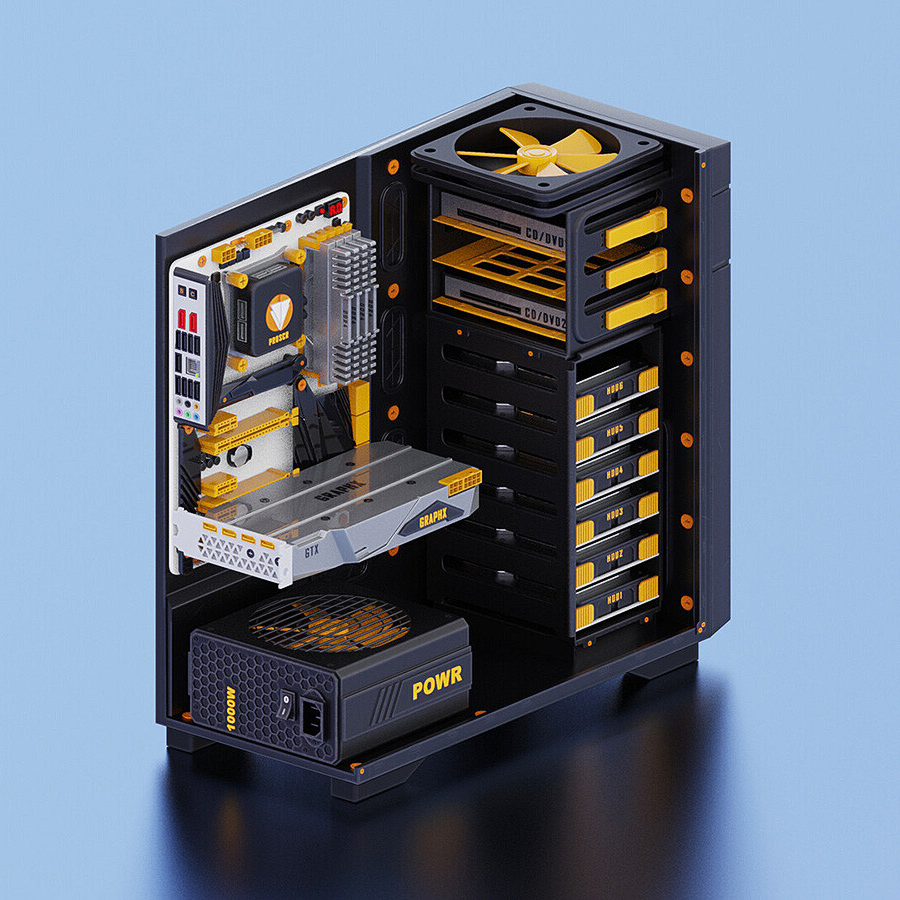I have a gtx 1660 super which turns off in the middle of doing something. I don’t get any output to my monitor and even restarting doesn’t solve the problem. It is quite random and very frustrating to say the least. The only solution I have now is to wait for an hour or so and restart - I’ll get display output if I’m lucky.
When the gpu stops, the motherboard debug led doesn’t light up. The led lights up only when I restart the PC.
Is there any way to check if the issue lies with the motherboard or the gpu without using another graphics card ?
(I dont have integrated graphics either, because I have an i5 10400f)
My motherboard is - MSI B460 M Pro VDH wifi
EDIT: Got a 4 month used rx 6600 for ~ $120 and now this problem no longer happens. it’s not a substantial upgrade from my 1660 Super but an upgrade nonetheless.


Why do you say you need to wait an hour?
I can’t speak to what is common practice in pcbuilds but if time is a factor I expect the issue to be thermal, especially if it is working and then stops. Check everything that has to do with power and use any available method to check for hot components. Any experienced electronics hobbyist will usually just do touch tests on chips, electrolytic capacitors, and inductors if you have decent access to board level components. Most GPUs have all the stuff covered in nonsense cosmetics. You just need to touch something grounded so that you don’t have a static charge potential before touching board stuff.
I’m not saying this is your issue or anything, but it is common for through hole components that experience a lot of heat cycles eventually developing solder joint issues especially if the original manually soldered joint was bad. I would look for any power wire connection issue first.
The first rule of troubleshooting is “thou shalt check circuit ground.” If there is some kind of real delay, I would cause the issue, and then immediately probe between the card and motherboard ground to check that they are still connected. Then I would put a 10A rated multimeter in series with ground and check the current to the card before and during the fault. Don’t go down this path until people experienced with more pcbuilds chime in, this is just general electronics 101 type info.
I agree, sounds like a heat issue. I’d reseat the GPU, then run a thermal load test with something like FurMark, all while watching temps on something like HWInfo.
If it crashes when the temp spikes, suspect heat is triggering an emergency shutdown of the GPU. Thermal paste eventually wears out, and for a 1660, I’d imagine it’s pretty crusty paste by now (if it hasn’t been changed before).
Hi, thanks for commenting.
I don’t know why I have to wait for an hour, even if I do not do anything to stress the GPU.
A week ago I was not even able to get to the bios screen because the display would stop getting any signal from my 1660 super.
I noticed that the frequency of that happening reduced once I took the card out and put it back in. Even so it would exhibit the same problem at random times.
I just got a 5 month old - barely used RX6600 for $120 the other day. So far I haven’t seen the same issue occur with this card.
Could be thermal or electrical. Probably should redo the thermal paste. Make sure there is no corrosion on the card edge connector or in the motherboard connector’s pin contacts. The latter is a subtle one too. If you see any contact discoloration it can be a poorly plated pin and can cause a bad connection as oxide does not conduct electrons. In hobby electronics and the cheap connectors I encounter, this happens a good bit and is super annoying because it is hard to spot and diagnose in many instances. Over the last 10 years the types of cheaply available connectors has grown in their sophistication and complexity. I would not be surprised if these same Chinese companies were now making motherboard connectors and parts. While it is nice to have cheap options, these cheap components are often at a bare bones type of production quality and process where some units will fail unlike the overbuilt and gold plated days of military spec components in the pre-90’s era. Rusty connector pins can get scraped off enough to conduct for awhile after removing and reinserting. The effect may be different with different cards that scrape the pins in a slightly different way. However, just removing and reinserting the card causes the fiberglass to flex. The physical die and heatsink are anchored in different places and this tiny difference should move the heatsink compound ever so slightly, perhaps improving thermal contact. The same could be true of a dry solder joint where the flex causes better mechanical contact… or worse.